Buy Oxycontin OC 10mg | Oxycontin OC 10mg for sale
Drug Introduction
Buy Oxycontin Online- Oxycontin is the extended-release formulation of oxycodone. It is an opioid agonist available in 10 mg, 15 mg, 20 mg, 30 mg, 40 mg, 60 mg, and 80 mg of oxycodone hydrochloride for oral administration. Oxycodone is a derivation from thebaine, an opium alkaloid.
Oxycontin tablets also contain inactive ingredients, including hypromellose, butylated hydroxytoluene (BHT), polyethylene oxide, polyethylene glycol 400, titanium dioxide, and magnesium stearate.
Additionally, 10 mg tablets also contain hydroxypropyl cellulose, 15 mg contain yellow iron oxide, black iron oxide, and red iron oxide, 20 mg contain red iron oxide and polysorbate, 30 mg contain red iron oxide, black iron oxide, yellow iron oxide, and polysorbate 80, 40 mg contain yellow iron oxide and polysorbate 80, 60 mg contain black iron oxide, red iron oxide, and polysorbate 80, and 80 mg contain yellow iron oxide, hydroxypropyl cellulose, indigo carmine aluminum lake, and FD & C Blue No. #2.
Oxycontin is only for patients who need continuous long-term pain medication. It is not for an “as needed” or for recreational use.
Licit Uses of Oxycontin
One can buy oxycontin online to manage severe pain that requires around-the-clock, daily, long-duration opioid treatment. Also, this medication is prescribed for pain, for which other treatment alternatives are inadequate.
FDA approved oxycontin for adults and opioid-tolerant pediatric patients of 11 years or above. People who are already taking and tolerating a minimum daily opioid (oxycodone or its equivalent) dosage of at least 20 mg orally.
As oxycontin is an extended-release opioid medication, it has a higher risk of addiction, abuse, and misuse, even at recommended doses. It also has more significant risks of overdose and death. Due to these risk factors, doctors recommend oxycontin only to those patients for whom other alternative treatment options such as non-opioid analgesics or immediate-release opioids are not tolerated, ineffective, or would be inadequate to provide required analgesic effects.
Illicit Uses of Oxycontin
Recent studies show an increase in the non-medical uses of oxycontin in the United States. In a school survey of 7726 students from grades 7 to 12, over 1.3% of students reported continuous use of oxycontin, and 1% reported drug use in the past year. Similar studies demonstrate that over 49% of adolescent abusers buy oxycontin online for its euphoric effects.
Chemistry
Oxycontin contains oxycodone which derives its chemical name from codeine due to the similarities in the part of their chemical structure from the following differences:
- Oxycodone has a hydroxyl group attached at carbon-14, while codeine has hydrogen in its place
- Oxycodone has a 7,8-dihydro property, while codeine has a double bond between these carbons, and
- Like ketones, oxycodone has a carbonyl group attached in the area of a hydroxyl group as in codeine
Oxycodone is also similar to hydrocodone, the only difference being that it has a hydroxyl group linked to carbon-14.
Manufacturers market oxycodone as various salts, the most common of them is hydrochloride salt. The free base conversion ratios of different oxycodone salts are as follows:
- Hydrochloride: 0.896
- Bitartrate: 0.667
- Tartrate: 0.750
- Camphosulfonate: 0.567
- Pectinate: 0.588
- Phenylpropionate: 0.678
- Sulfate: 0.887
- Phosphate: 0.763
- Terephthalate: 0.792
The hydrochloride salt is the base of most oxycodone products in the United States.
Side Effects of Oxycontin
The most common unwanted reactions that occurred due to oxycontin include:
- Nausea
- Constipation
- Somnolence
- Pruritus
- Dizziness
- Headache
- Vomiting
- Sweating
- Asthenia
Other adverse effects of oxycontin include:
Gastrointestinal disorders: diarrhea, abdominal pain, gastritis, dyspepsia
General conditions: fever, chills
Metabolic disorder: anorexia
Musculoskeletal disorder: muscle twitching
Psychiatric disorder: anxiety, abnormal dreams, dysphoria, confusion, insomnia, euphoria, unusual thoughts, nervousness
Respiratory disease: hiccups, dyspnea
Skin conditions: rash
Vascular disease: postural hypotension
Ear condition: tinnitus
Eye disorder: abnormal vision
Gastrointestinal diseases: eructation, increased appetite, stomatitis, dysphagia
General disease: edema, withdrawal symptoms, thirst, malaise, facial edema, chest pain
Oxycontin may increase the risks of severe reactions such as respiratory depression, respiratory arrest, apnea, hypotension, circulatory depression, or shock.


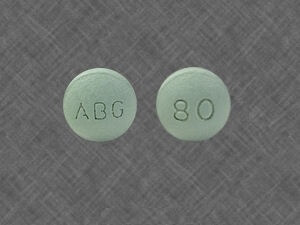
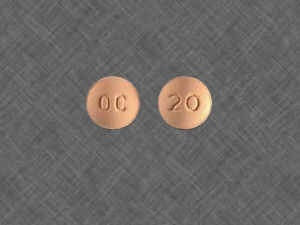
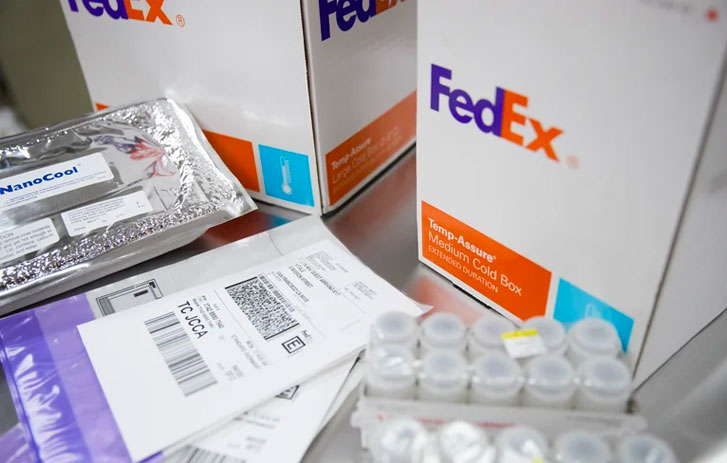





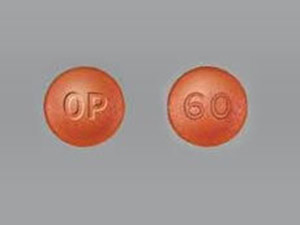

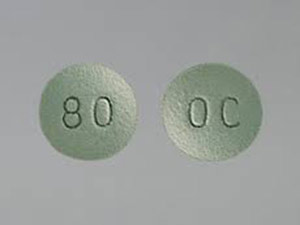

Reviews
There are no reviews yet.